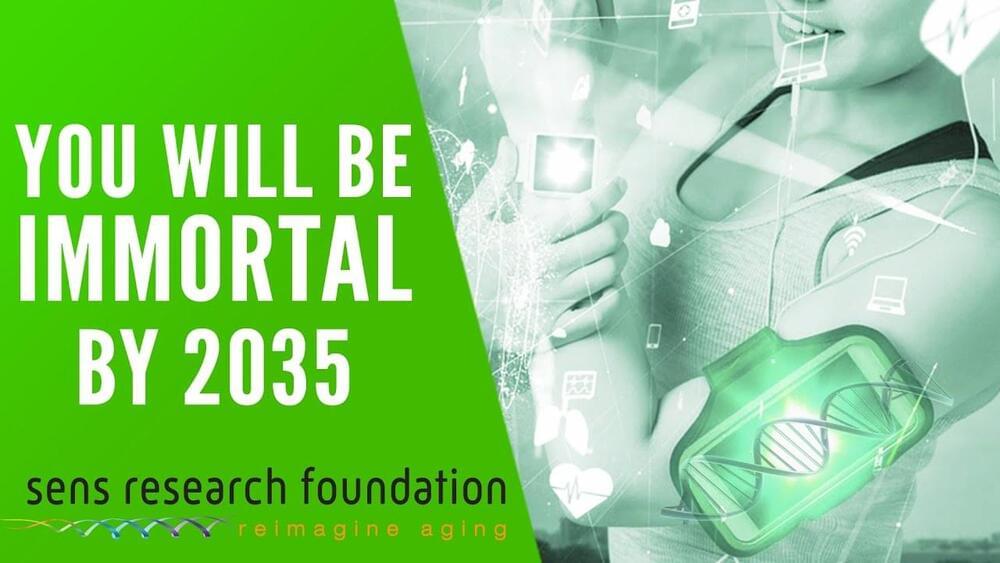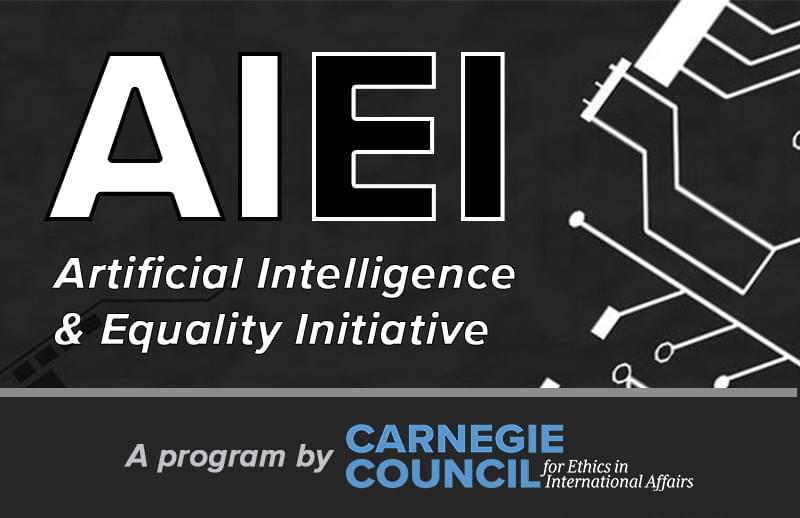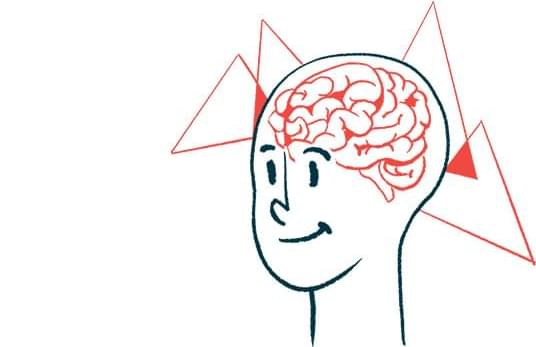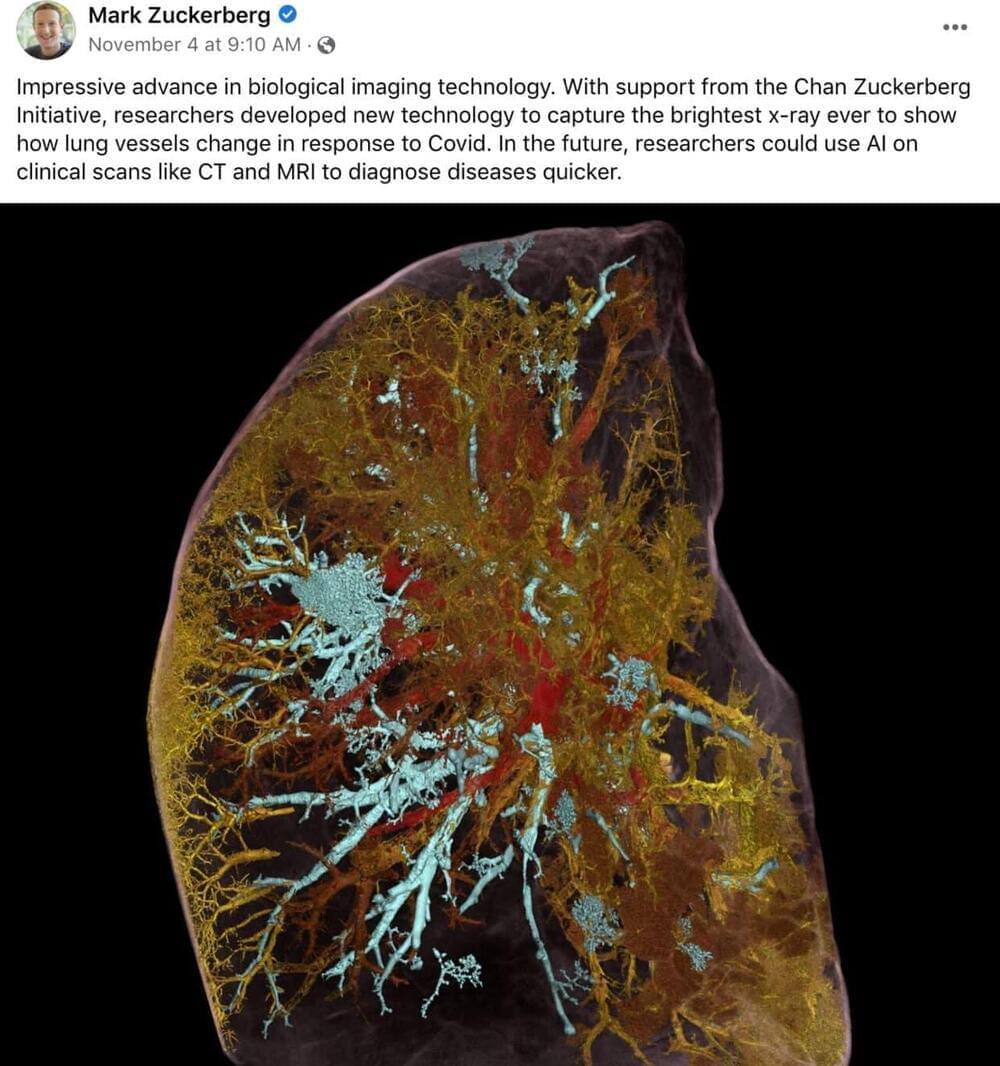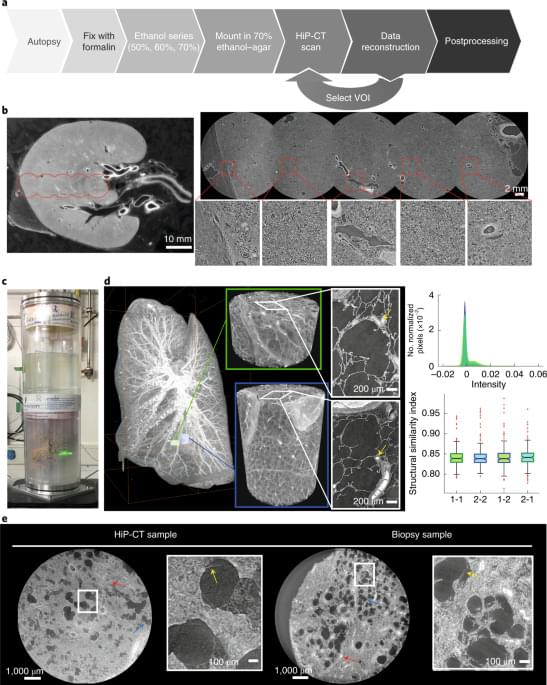To live forever. More and more scientists believe so and in a recent interview, Aubrey De Grey said that there’s a good chance for immortality by 2035. Young people on the other hand have a almost 100% certainty of living forever and never dying.
Reversing aging is no longer science fiction and will soon become a reality with advances in stem cell therapy and advanced injections that stop the aging process in young and old people. So what would a world without death look like? It’s definitely something the government has to look into.
Aubrey de Grey is an English author and biomedical gerontologist. He is the Chief Science Officer of the SENS Research Foundation and VP of New Technology Discovery at AgeX Therapeutics, Inc. He is editor-in-chief of the academic journal Rejuvenation Research, author of The Mitochondrial Free Radical Theory of Aging and co-author of Ending Aging. He is known for his view that medical technology may enable human beings alive today not to die from age-related causes. He is also an amateur mathematician who has contributed to the study of the Hadwiger–Nelson problem.
–
If you enjoyed this video, please consider rating this video and subscribing to our channel for more frequent uploads. Thank you! smile
–
#longevity #immortality #aubreydegrey.
–
Credits:
